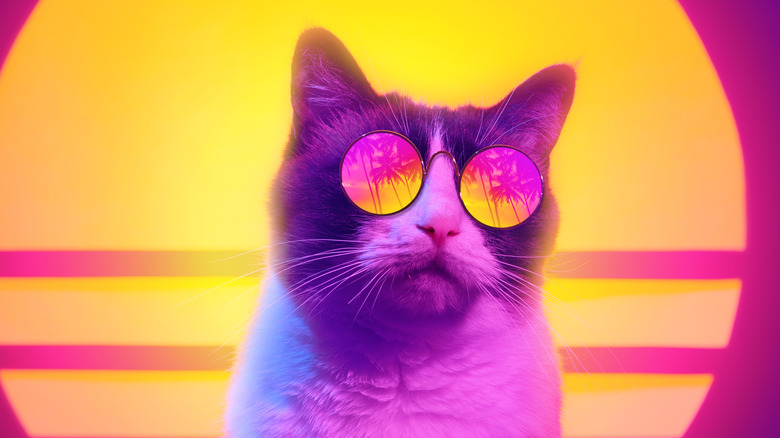The Fascinating Story Of The Ray Cat Solution
As countries begin to reel in their carbon dioxide emissions, nuclear energy has grown in status either as a potentially world-saving, low-emissions green energy, or perhaps as a nightmarish international menace à la Chernobyl. The governments of France and Germany have taken those two positions, respectively, with France deriving 70% of its energy from nuclear power and Germany none, per France 24. It's true that nuclear energy contributes very little to the human carbon footprint, compared to oil or gas, and that Chernobyl-like disasters are highly unlikely. But one element of nuclear power often gets ignored in public discussions: What do we do with the deadly toxic waste that nuclear reactors produce?
According to The Guardian, it's a worse problem than it may seem. Suppose a ton or two of nuclear waste gets buried somewhere, with "Keep Out" signs and the other normal precautions. Now suppose 300 years pass. The site may be forgotten; the signs may be in a language that most people can longer read; people could potentially begin building houses or plowing fields directly above, or through, radioactive sludge. Two philosophers have suggested a solution to this problem, and it involves cats.
Not only cats, but cats that change color
In 1984, two writers, François Bastide and Paolo Fabbri, suggested that domestic animals could be bred to change color when they approach radioactive materials. For example: You visit a new house to see if you want to buy it; you bring Fluffy in her carrier; Fluffy turns from gray tabby to spinach green; you sprint to your car and call the realtor from a safe distance. Cancer averted. Or, less facetiously, if everyone in town begins to notice their cat turning green, they can alert the proper authorities, who will find and dispose of the waste.
Of course, that leaves the problem of breeding domestic animals to change color in contact with radioactive waste, which is likely more difficult than it first appears. Domestication is a slow and complex process. The ray cat theory makes for good philosophy — Fabbri is a philosopher of the 1960s-1970s semiotics school, as he makes clear in this video — but don't expect a color-changing cat any time soon.

